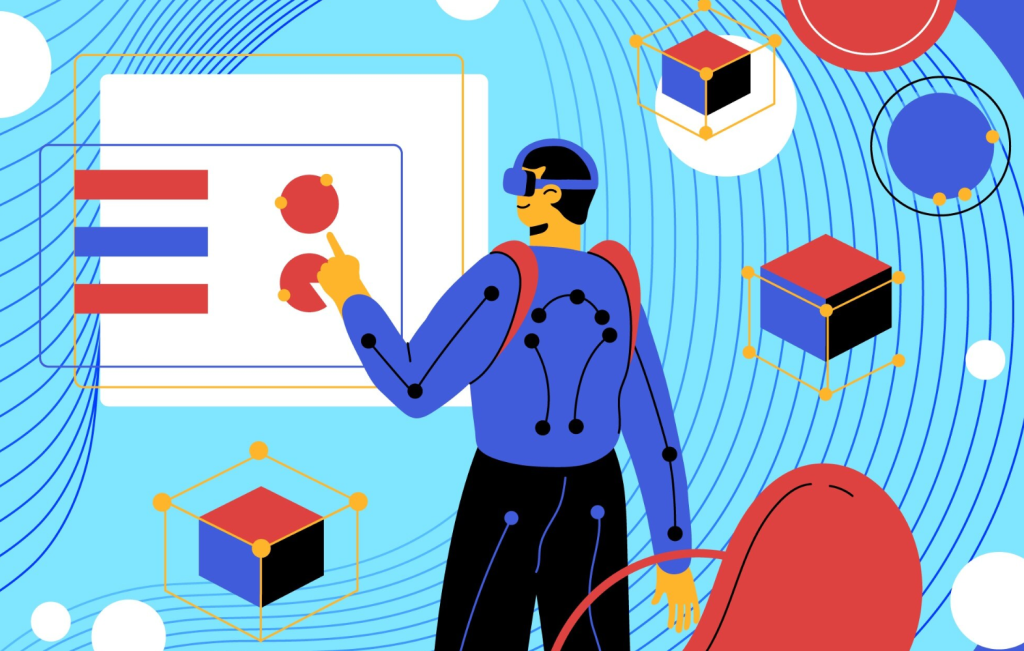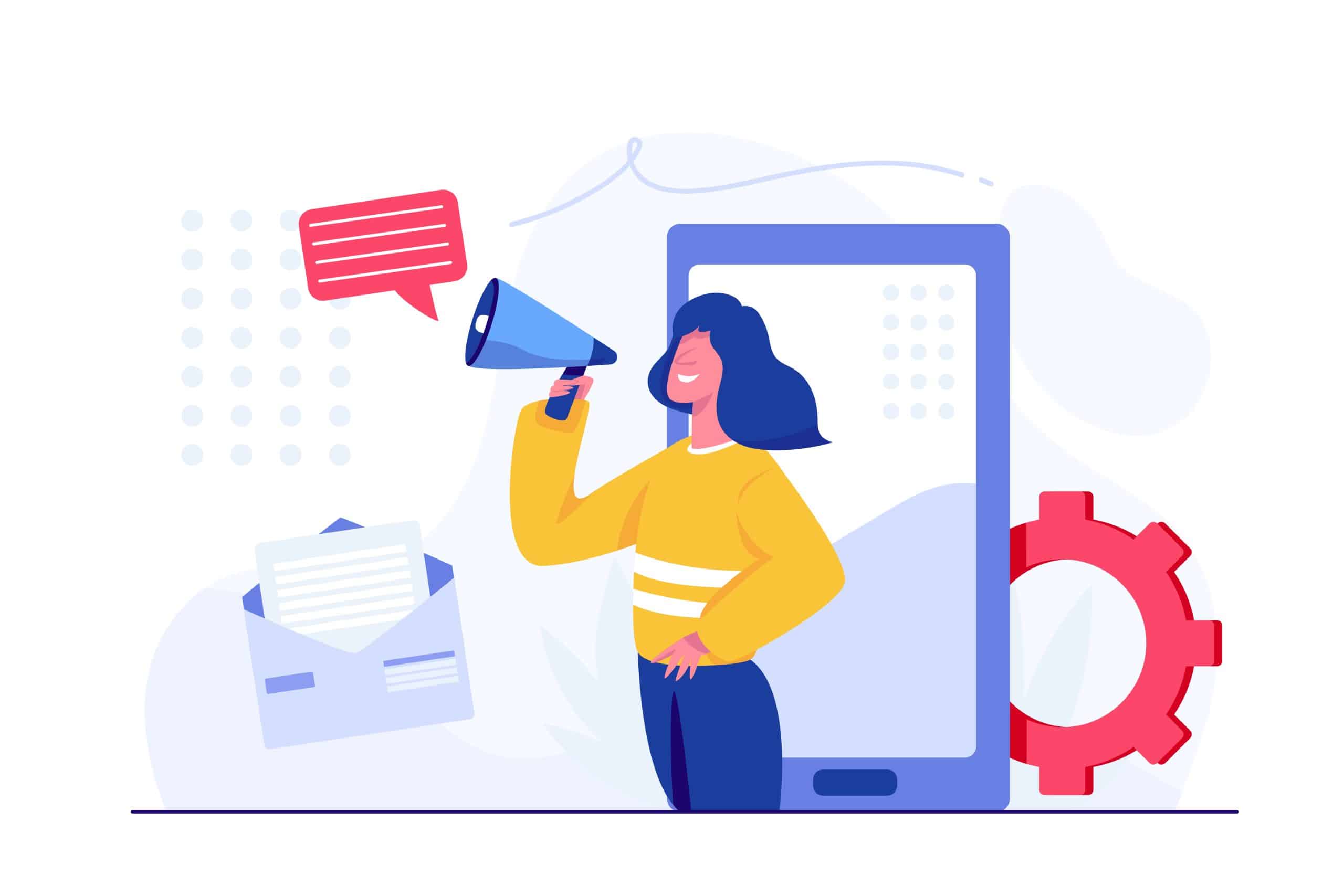🎨 Meet the New Creative: Artist Meets Analyst
Not long ago, creative careers and data science seemed worlds apart. Writers wrote, designers designed, and data scientists did, well… data. But today, that line is blurring fast.
More creatives are learning data science, and it’s not just a passing trend. From storytelling to visual design, creative professionals are discovering that data is a powerful tool for innovation, strategy, and even artistic expression.
So, what’s behind this shift—and why now?

📊 Data Is the New Paintbrush
In today’s digital world, creativity isn’t just about intuition—it’s about insight.
Whether you’re a marketer, content creator, UX designer, or musician, data is shaping how you connect with your audience. Platforms like Instagram, YouTube, and Spotify serve up real-time analytics. And creatives are realizing: those numbers are creative fuel.
Here’s how data boosts creative power:
- Writers use content performance stats to shape better narratives.
- Designers use A/B testing to refine visual choices.
- Filmmakers analyze viewer drop-off to edit smarter.
- Musicians explore listening trends to plan their next hit.
Learning even basic data science tools—like Excel, Google Analytics, or Python’s data libraries—can supercharge a creative’s effectiveness and relevance in a competitive space.
🔄 Creative Thinking Meets Analytical Power
Interestingly, creative thinkers may be uniquely suited to data science.
Why? Because they:
- Think in patterns and metaphors 🔁
- Excel at visualizing abstract ideas 🎨
- Embrace ambiguity and experimentation 🧪
Data science isn’t just math—it’s about storytelling through numbers. It requires curiosity, empathy, and the ability to communicate complexity in simple terms. Sound familiar? That’s the creative playbook.
🚀 Industries Are Demanding Hybrid Talent
The job market is changing—and fast. Companies now seek professionals who can do both: understand customer behavior and tell a compelling story.
A 2023 report by LinkedIn listed “data literacy” as one of the top five skills creatives should learn to future-proof their careers. And according to IBM, the demand for data-savvy professionals is expected to grow by 28% through 2026. (IBM, 2022)
This includes roles like:
- Creative data analysts
- UX researchers
- Content strategists
- Marketing technologists
In these hybrid roles, the ability to interpret data visually, narratively, or experientially can be a game-changing advantage.
🛠 Tools That Bridge the Gap
Luckily, you don’t need to become a full-stack data scientist to get started. Today’s tools are user-friendly and accessible to non-techies.
Great entry points for creatives include:
- Google Data Studio – Build visual dashboards
- Tableau or Power BI – Design interactive data visuals
- Python + Jupyter Notebooks – Simple coding environments to analyze data
- R + RStudio – Great for visual storytelling and statistical modeling
- Notion & Airtable – Organize and analyze data in creative formats
Many platforms even offer drag-and-drop interfaces for building data visualizations without any coding.
💡 Real-World Examples: Data-Driven Creatives
Here are just a few examples of creatives making waves with data:
1. Spotify Wrapped Creators
Designers and engineers collaborated to turn raw user data into a year-end storytelling event—now a cultural phenomenon.
2. Data Artists
Artists like Giorgia Lupi and Stefanie Posavec use data to create emotional, hand-drawn visualizations that blend art and analytics.
3. Content Creators
YouTubers and bloggers routinely use audience retention, keyword trends, and performance dashboards to craft smarter content.
🎓 How Creatives Can Start Learning Data Science
Getting started doesn’t require going back to school for a degree.
Try this 3-step beginner-friendly path:
- Start with your own data – Use Google Analytics or Instagram Insights to explore patterns.
- Take a course – Platforms like Coursera, Skillshare, and DataCamp offer short, beginner-focused classes on data literacy and visualization.
- Join creative-tech communities – Look into hybrid meetups or Slack groups where creatives and coders collaborate.
Even learning to ask better questions about data can transform how you pitch, create, and improve your work.
🌍 The Future: Where Creativity and Data Collide
The world is increasingly data-driven, but that doesn’t mean it’s losing its soul. If anything, it needs creatives more than ever—to make sense of complexity, to inspire trust, and to humanize insights.
When creatives learn data science, they don’t lose their artistry—they expand it.
So if you’re a creative professional wondering whether it’s worth dipping your toe into Python or data dashboards, the answer is clear: Yes—because creativity doesn’t compete with data, it completes it.
🔍 References
- IBM. (2022). The Skills Gap and the Future of Work. IBM Report
- LinkedIn. (2023). Workforce Report: In-Demand Skills.
- Giorgia Lupi. (n.d.). Data Humanism Projects. https://giorgialupi.com






